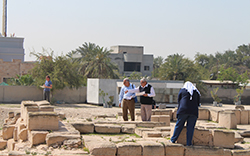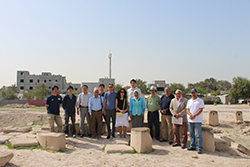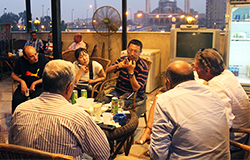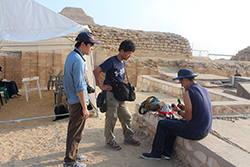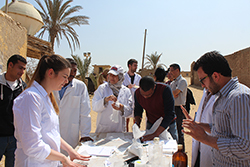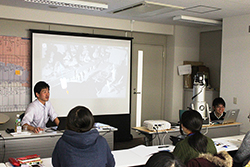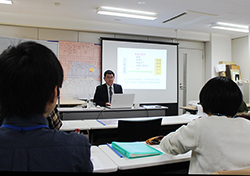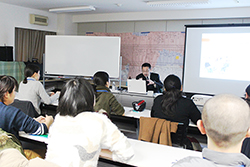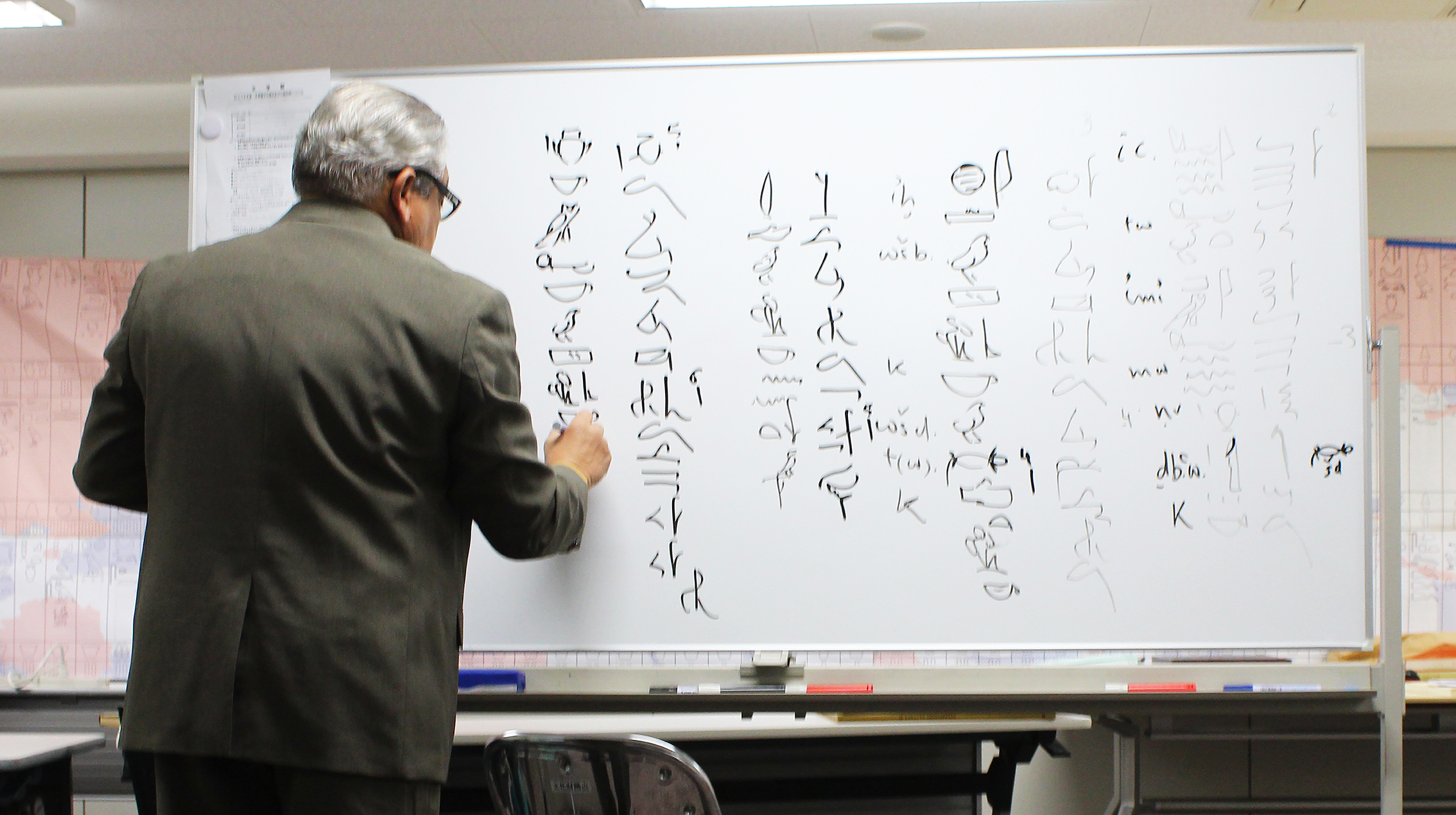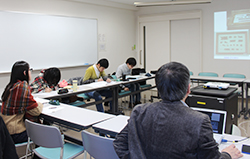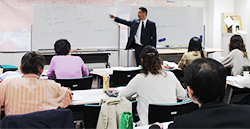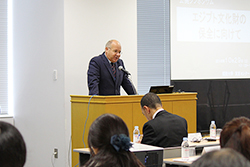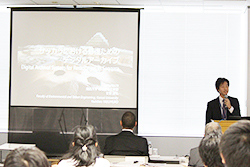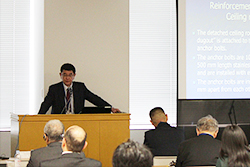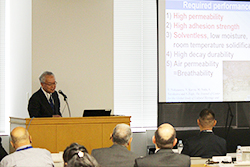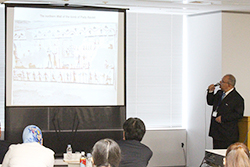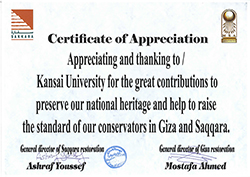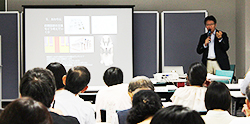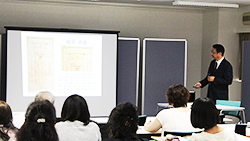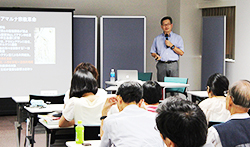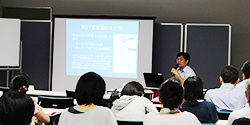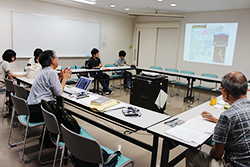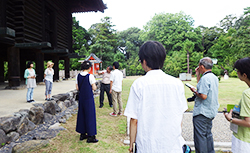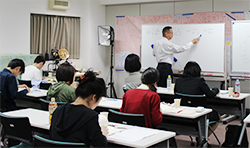Kansai University signed an agreement with the Bahrain Ministry of Culture, and began research into preservation and conservation at the Barbar Temple, one of the cultural heritage sites in Bahrain.
In November (2016), Hiroshi Suita, Eriko Oka (Egyptology, Egyptian Society Group), Ahmed Shoeib, Adel Akarish, Maisa Mansour (Cultural Heritage Restoration Group), Atsushi Ito, Hiroaki Tsuruta, Yoshihiro Yasumuro, and Yoshinobu Nakamura (Science and Technology Group) conducted a field work in the Kingdom of Bahrain. In the field, the team measured the entire site by drone, measured the stone strength at the site, and in addition checked the state of preservation of the temple, comparing it to past excavation reports.
In March 2017, Hiroshi Suita, Salah el-Kholy (Egyptology, Egyptian Society Group), Ahmed Shoeib, Adel Akarish, Maisa Mansour (Cultural Heritage Restoration Group), Atsushi Ito, Hiroaki Tsuruta, Yoshihiro Yasumuro, and Yoshinobu Nakamura (Science and Technology Group) conducted a field work at the Barbar Temple and Al-Khamis Mosque in Bahrain. In Barbar Temple, the team continued the previous works by measuring the strength of bedrock in situ, and recording the overhead image of the site by drone. The team also proceeded three-dimensional measuring of the whole site with 3D laser scanner as well as taking photographs of current conditions of the site to compare with the excavation records in the past. Furthermore, the team recorded Al-Khamis Mosque with the drone and 3D laser scanner. Based on the efforts of these surveys, the Center will proceed the full scale study on preservation and conservation of cultural heritage in Bahrain.


